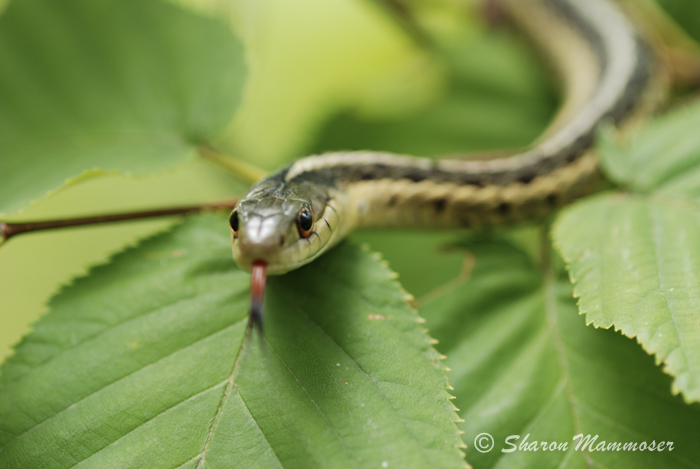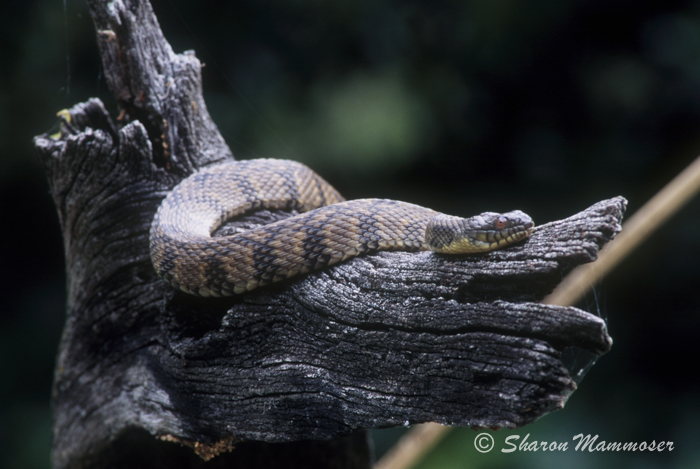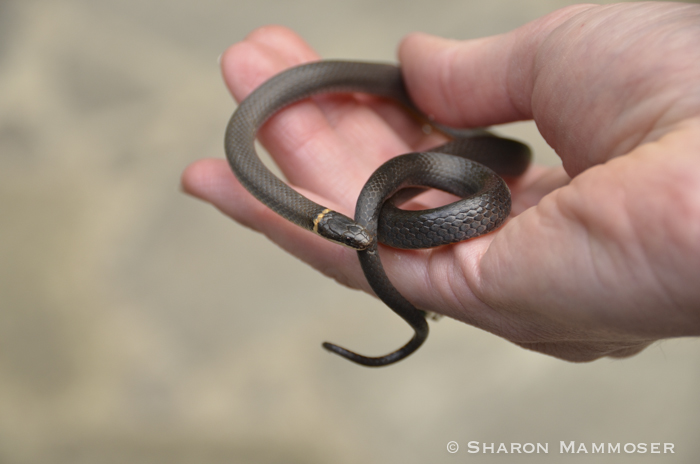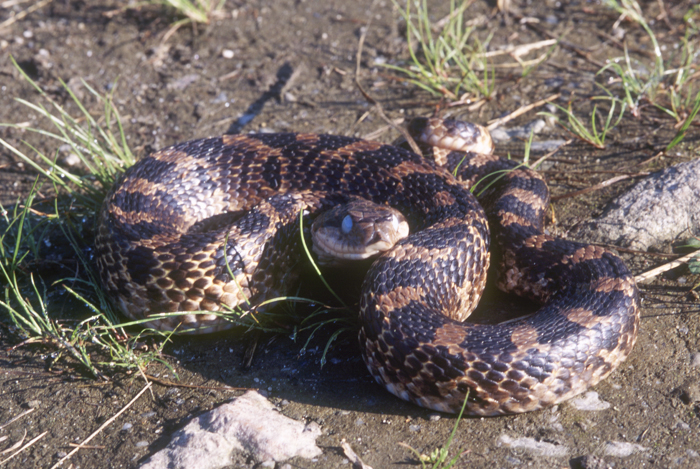
Snakes, like spiders and bats are not the cute and cuddly animals that everyone loves. Somehow our society has made these creatures out to be something scary and bad and many people grow up with this fear instilled in them. We LEARN to fear snakes–from movies, TV, our parents, other adults in our lives.
As is true with spiders, I was very afraid of snakes as a girl growing up.
I spent a lot of time alone, or with my brothers, outside and so seeing snakes was not that unusual. We had lots of wild land around our house, including a wide, shallow creek that had lots of sunny rocks where snakes could bask. When I spotted a snake sunning itself, I detoured WAY around them, afraid as many are, that the snake would “come and get me.” I know now that this is a ridiculous idea based on nothing more than ignorance. Snakes that we have here in the United States are small compared to us and certainly don’t perceive humans as a possible prey animal. To them we are merely a giant predator that they need to escape from.
Over the years I have learned a lot of things about snakes that has led to my fascination with them replacing my fear. I am proof that people CAN change and that fears CAN be overcome!
Here are ten cool facts about snakes:
1. Snakes smell with their tongues. You know how snakes flick their tongues in and out? Have you ever looked closely at a snake’s tongue? It is forked at the end. This helps them determine the direction of the smell.

2. Snakes don’t have eyelids. Instead they have clear, protective membranes that are a bit like contact lenses. These membranes protect the eye, refract light and are replaced when the snake sheds its skin. In this way, scratches that have gotten on the eyes will disappear, giving the snake essentially brand-new eyes each time it sheds!
3. Snakes swallow their prey whole and can eat things that are much larger than their heads. They are able to do this because of flexible jaws.
4. Snakes don’t have external ears. Have you ever seen a snake charmer work with a snake? The snake is responding to movement, not sound. Snakes can feel vibrations but don’t hear the way we do.

5. There are 3000 different kinds of snakes and they live on all continents except Antarctica. Like lizards, turtles and crocodiles, snakes are reptiles. Reptiles have dry, scaly skin, backbones and are cold-blooded.

6. Snakes grow by shedding their old skin and replacing it with new skin. They will do this a number of times each year, depending on the species. When they are about to shed their skin, their eyes get cloudy and they retreat to a safe place until after the shed is complete. When they are about to shed their skin they are at a disadvantage against a predator.
7. All snakes are carnivores. Most snakes have teeth and some have fangs and venom to kill their prey. Others kill their prey by wrapping around it and squeezing until it dies (called constrictors.) Snakes have rear-facing teeth in their mouths that prevent prey from escaping.
8. Most snakes lay eggs (oviparous) but some give birth to live snakes (ovoviviparous) that develop as eggs internally and then hatch just before the female gives birth. Snakes that are ovoviviparous include copperheads, rattlesnakes, garter snakes, boas, and water snakes.
9. The longest snake in the world is the reticulated python. It can grow 30 feet long!
10. The heaviest in the world is the green anaconda which can weigh up to 550 pounds!
Did you know there’s a snake that plays dead to escape predators? Read about that HERE.

